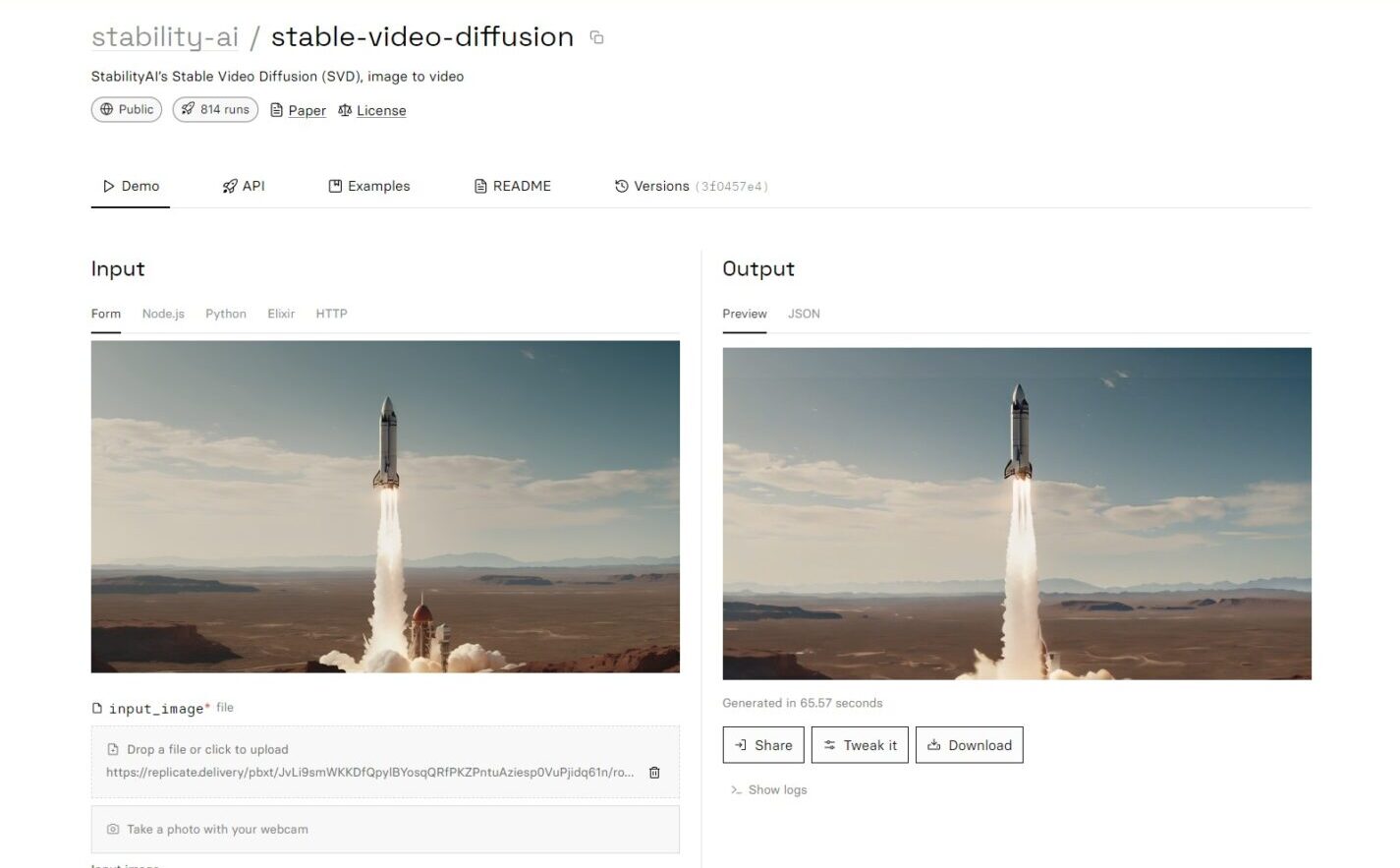Unlocking the Power of LangGraph: A Comprehensive Guide
Are you looking to build and scale AI workloads like conversational agents or complex task automation? Do you want to unlock the full potential of LangGraph, a revolutionary platform that’s changing the game in AI development? If so, this article is for you. We’ll delve into the world of LangGraph, exploring its documentation, studio, tutorial, and more. From understanding how to deploy and scale agents effortlessly to discovering the benefits of using a purpose-built deployment platform, we’ll cover it all.
LangGraph Documentation: A Treasure Trove of Knowledge
The official LangGraph documentation is a treasure trove of knowledge that provides in-depth information on the platform’s features, tools, and best practices. Whether you’re a seasoned developer or just starting out with LangGraph, this resource is essential for getting up to speed quickly.
LangGraph Studio: A User-Friendly Interface for Building AI Workflows
The LangGraph studio is an intuitive interface that makes it easy to build and deploy AI workloads. With its user-friendly design, you can create complex workflows with ease, without requiring extensive coding knowledge.
Getting Started with LangGraph: A Step-by-Step Tutorial
New to LangGraph? Don’t worry! Our comprehensive tutorial will guide you through the process of getting started with this powerful platform. From setting up your development environment to deploying your first agent, we’ll cover every step of the way.
Key Features and Tools in LangGraph
- Highlights list1:
- Deploy and scale agents effortlessly with a purpose-built deployment platform.
- Discover, reuse, and share pre-built workflows to accelerate development.
- Use the LangGraph studio to build and deploy AI workloads without extensive coding knowledge.
- Highlights list2:
- Tap into a vast library of pre-built workflows to speed up development.
- Leverage the power of custom LLM-backed agents for advanced AI capabilities.
- Dive into the LangGraph documentation for in-depth information on platform features and best practices.
- Highlights list3:
- Easily deploy and scale agents using the purpose-built deployment platform.
- Reuse and share pre-built workflows to accelerate development.
- Get started with LangGraph quickly using our step-by-step tutorial.
Comparison Time: LangGraph vs LangChain
Wondering how LangGraph stacks up against other AI development platforms like LangChain? We’ll provide a side-by-side comparison of these two platforms, highlighting their key features and benefits.
Examples of Using LangGraph in Real-World Scenarios
From building conversational agents to automating complex tasks, we’ll explore real-world examples of how LangGraph can be used to solve business problems and improve customer experiences.
Achieving Scalability with LangGraph MCP
Want to scale your AI workloads effortlessly? Discover how the LangGraph MCP (Multi-Model Platform) enables you to deploy and manage multiple models simultaneously, ensuring seamless scalability for your AI applications.
Additional Tools in the LangGraph Ecosystem
From the LangGraph studio to the purpose-built deployment platform, we’ll introduce you to the various tools and resources available within the LangGraph ecosystem.
Conclusion: Unlocking the Full Potential of LangGraph
In conclusion, LangGraph is a powerful platform that offers a wide range of features and tools for building and scaling AI workloads. By leveraging the LangGraph studio, documentation, tutorial, and other resources, you can unlock the full potential of this revolutionary platform and achieve your business goals quickly. Whether you’re looking to build conversational agents or automate complex tasks, LangGraph has everything you need to succeed.
Related video:
Related links:
LangGraph
langchain-ai/langgraph: Build resilient language agents as … – GitHub
LangGraph Quickstart
Share this content:























